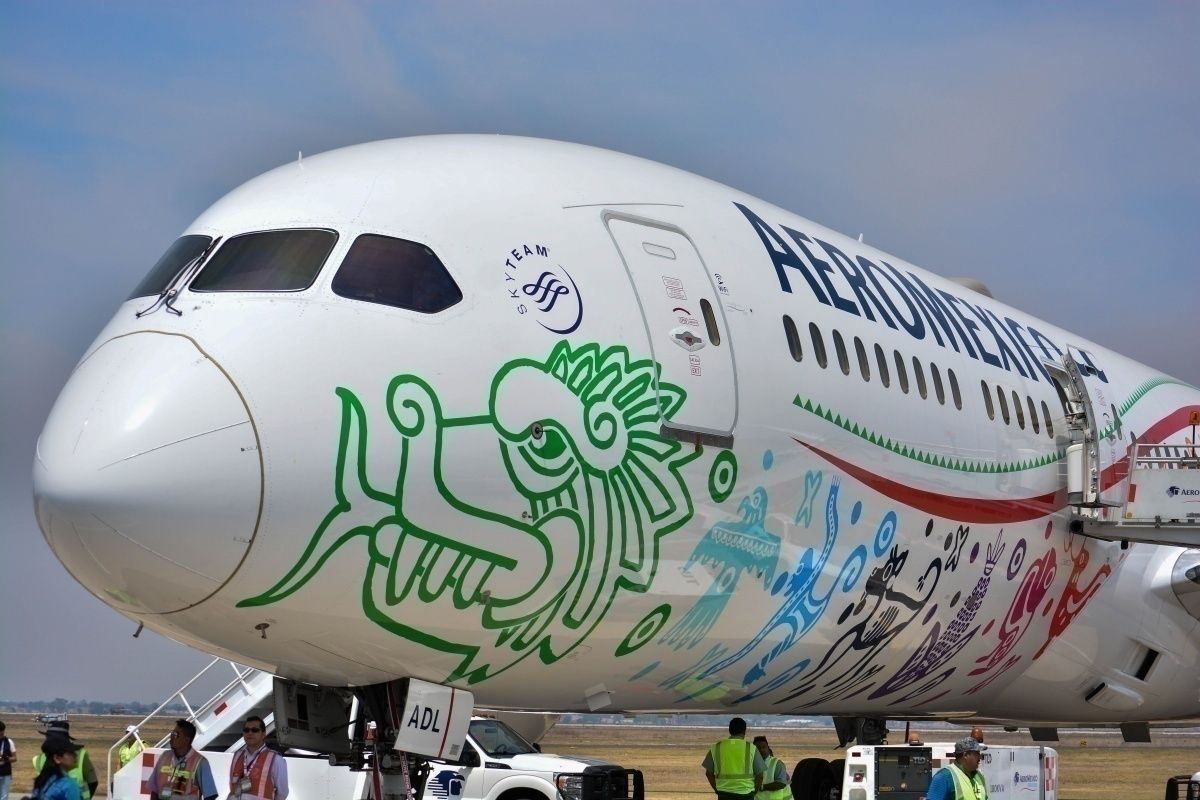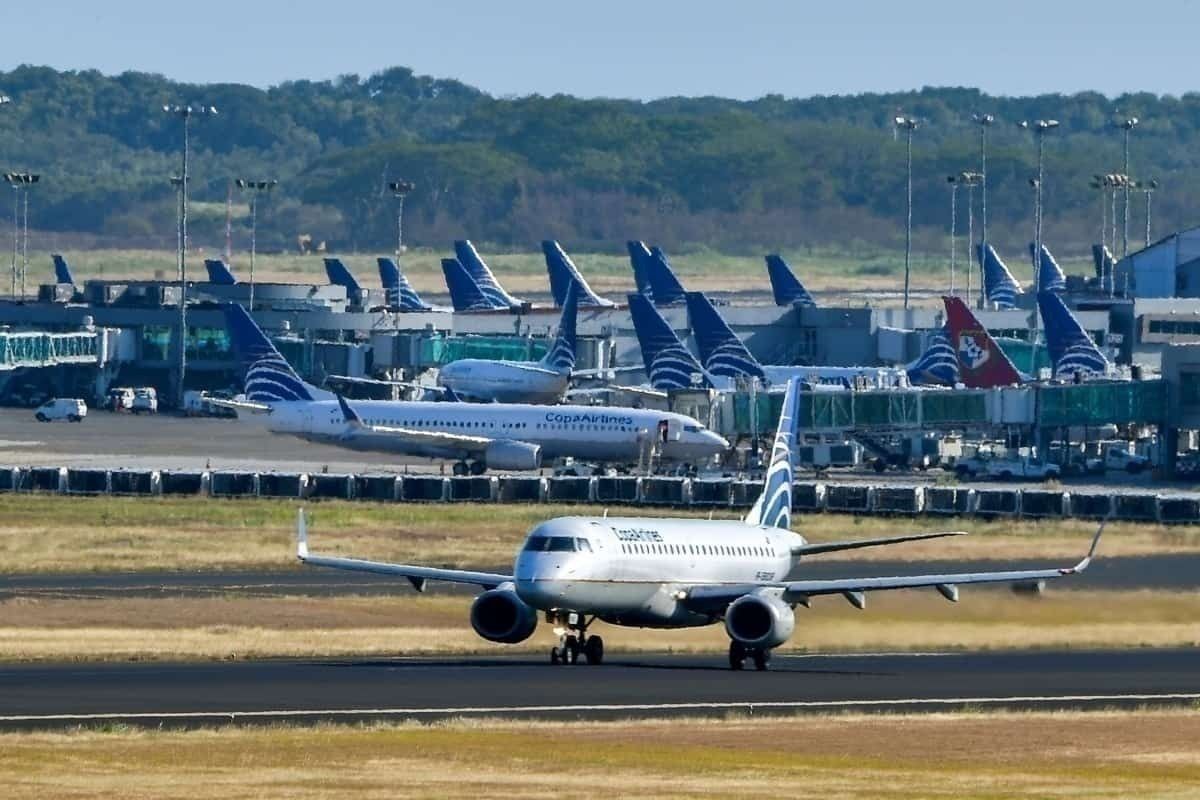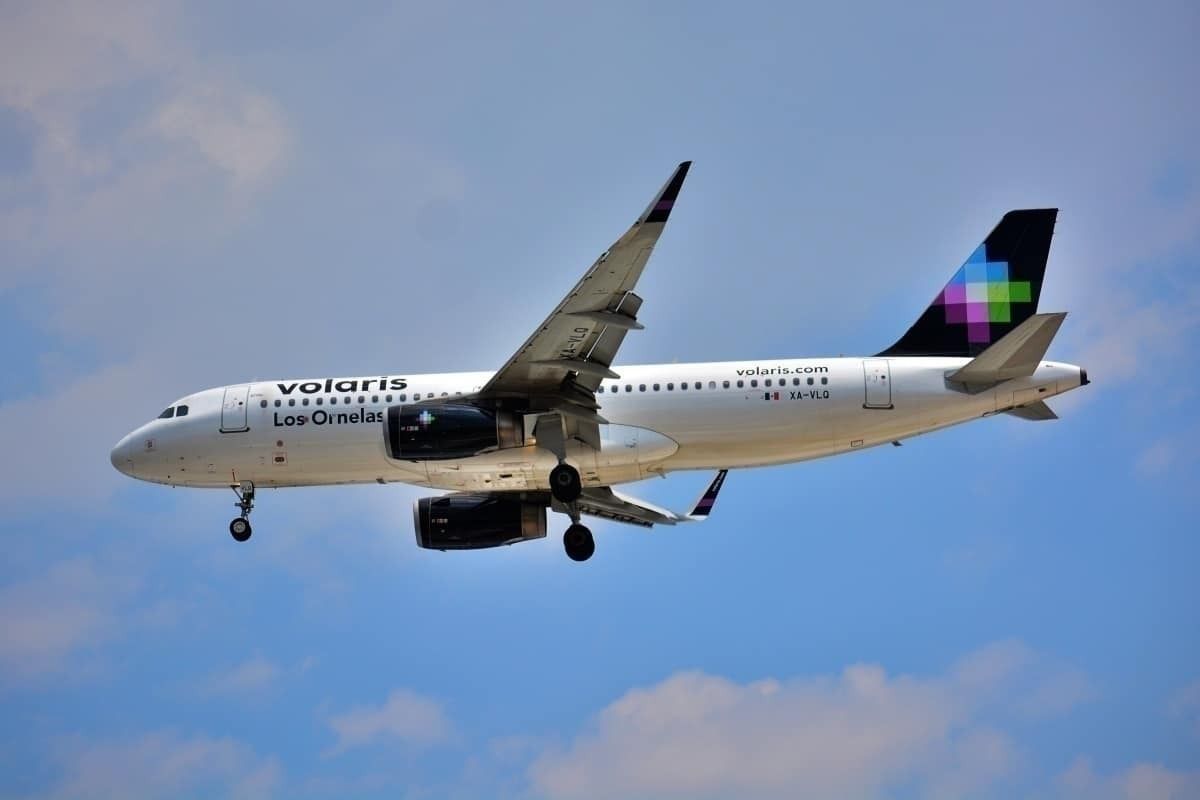Latin American carriers would not be able to maintain their operating costs if they have to remove the middle seat, according to Latin American and the Caribbean Air Transport Association (ALTA) CEO, Luis Felipe de Oliveira. In an interview with Simple Flying, he subscribed to the phrase that the era of cheap travel may be over. Let’s investigate further.
Aviation is not sustainable with 60% load factors
It was Alexandre de Juniac, the CEO of the International Air Transport Association (IATA), who first warned against social distancing measures. He said last month that airlines would lose enormous amounts of money by blocking a third of plane seats.
The other option for airlines would be to increase ticket prices by at least 50% and keep a minimum profit. “So it means that if social distancing is imposed, cheap travel is over,” de Juniac said.
Luis Felipe de Oliveira added,
“Can you imagine the scenario we will have if governments decide airlines can't sell the middle seat? We work with load factors of over 80%. If we remove the middle seat, we operate at 62%, and we won’t be able to maintain the operating costs. We would have to raise the plane tickets costs a lot.”
According to IATA, the Latin American region would have to increase its average fare by 50% if social distancing became the new norm.
In 2019, the average fare in the region was $146, with a breakeven load factor of 79%. But, if social distancing measures were implemented, this would rise to $219.
We would go back in time
When talking about Argentina’s measures to battle the coronavirus pandemic, De Oliveira said Latin America could go back in time approximately 30 years. This hypothesis applies as well if social measures are implemented in the region. “We would be back into a time when it was costly to fly in Latin America,” he said.
“There will be an economic crisis in the region. Latin America already has high costs for the airlines, due to a lot of fees and payments. If governments implement social distancing measures, it will be hard to get people back on the planes,” he added.
Copa Airlines’ CEO, Pedro Heilbron, recently said something similar. Once the pandemic ends, the Panamian airline will look more like the Copa of 1992 than the Copa of 2019.
The current outlook for the region is that Latin American airlines will return smaller. They will have fewer destinations, fewer employees, and probably a smaller fleet. We already see this happen with some airlines such as Interjet and GOL.
Additionally, there’s another factor to take into account: the kind of fleets there are in Latin America.
Social distancing measures are worst on regional jets
Earlier today, IATA discussed the costs of air travel once restrictions start to lift. Brian Pearce, Chief Economist, pointed out the increase per passenger cost with social distancing measures on different types of airplanes.
Narrowbody airplanes, such as the A320, are less affected by social distancing measures. According to IATA, the average number of seats available in a narrowbody is 168. The average price per passenger with an 80% load factor in this type of airplanes is $86. With a maximum load factor of 67% due to distancing measures, the average ticket would be $129, which is a 50% increase.
In Latin America, narrowbodies compose the majority of airline fleets. For example, 62% of the planes in Mexico are from the A320 Airbus family. GOL operates solely using Boeing 737, and Copa Airlines is planning to do it as well. LATAM, Viva Air, Sky Airline, and Avianca are other carriers that mainly operate Airbus' narrowbody family.
But the regional jets, such as the Embraer E-190, are not so lucky, said IATA. The organization predicts that the increase per passenger cost on regional jets will be 101%. This means the average ticket price would rise from $87 to $176.
There are several airlines in the region with regional jets. Aeromexico has a mix of E190 and E170 in its fleet; Azul also relies heavily on Embraer.
Finally, the turboprop airplanes would see a 102% increase per passenger cost with social distancing measures. This could affect airlines such as Avianca, which recently launched Avianca Express, a regional ATR-based carrier.
Would Latin American airlines survive social distancing measures? Let us know in the comments.



